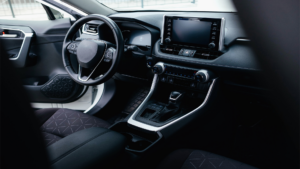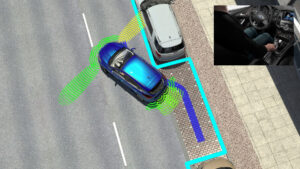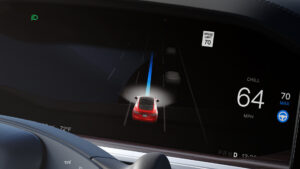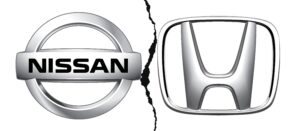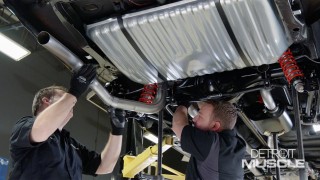Study Claims That Parking In Reverse Is More Than a Flex, It’s Actually Safer
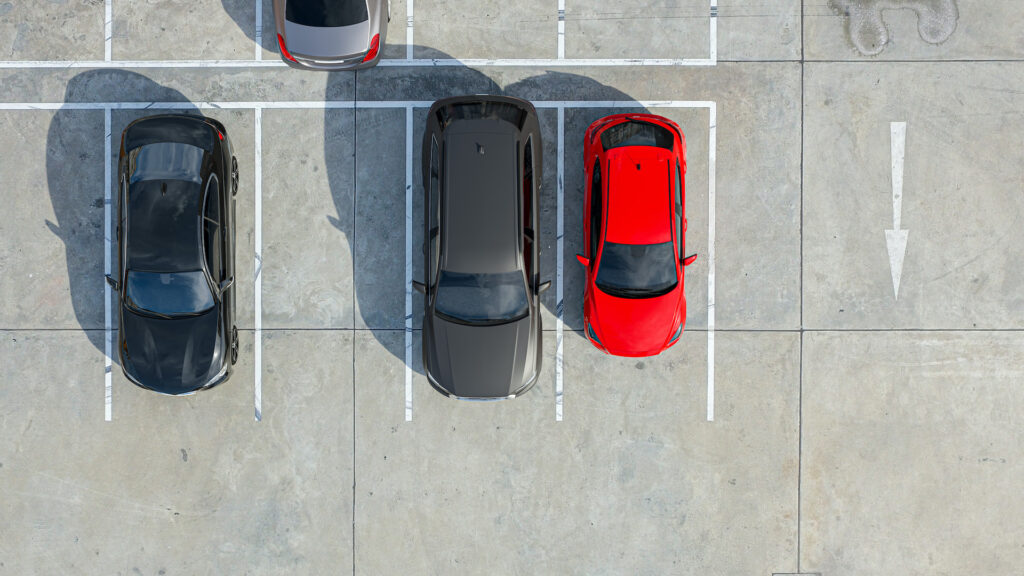
Generally, it is assumed that people who park in reverse use it as a way to low-key brag about their driving skills. However, according to a study conducted by Wilmar Inc, individuals using this maneuver are much safer off than if they drove forward into a parking spot.
According to the study, approximately 20% of all accidents take place in a parking lot. These days, most newer cars are equipped with rear-mounted cameras and traffic alert systems to warn drivers of nearby cars and pedestrians. However, not all of these systems are activated or able to reliably detect pedestrians 100% of the time. So rather than rely on modern technology, the study suggests that it is safer for drivers to actually scan their surroundings and hone their ability to park in reverse for the safety of themselves and others.
RELATED: This Mysterious BMW M3 Has Remained In The Same Parking Spot For 20 Years
Why Parking In Reverse Is Safer
Generally, there will usually be more road obstacles in front of you than in behind you. That includes pedestrians, vehicles, bicyclists, animals, etc. It is because of this reason alone that it is easier to see what is behind you than what is in front of you because just a few moments ago, you drove past the place that you are backing into. Drivers also go slowly when reversing. This gives you more time to react and stop if a pedestrian is in your path.
How Parking In Reverse Can Save Lives
In a separate study by the University of North Texas, researchers discovered that drivers who backed their cars into parking spots were less likely to be involved in an incident than those who continued to drive forward into them.
The study also concluded that parking in reverse is much safer than parallel parking. Parallel parking requires a sharp eye and strong intuition in order to line your vehicle up with the vehicle next to you, as well as have enough space from the vehicle behind you. One wrong move and a harmless tap and escalate into a real fender bender. Not to mention that parallel parking on an active street can put you at risk of physically hitting the car on the main road that is driving behind you.
Want to read more articles like this?
Join the PowerNation Email NewsletterRead More from PowerNation
- Chapters
- descriptions off, selected
- captions off, selected
This is a modal window.
